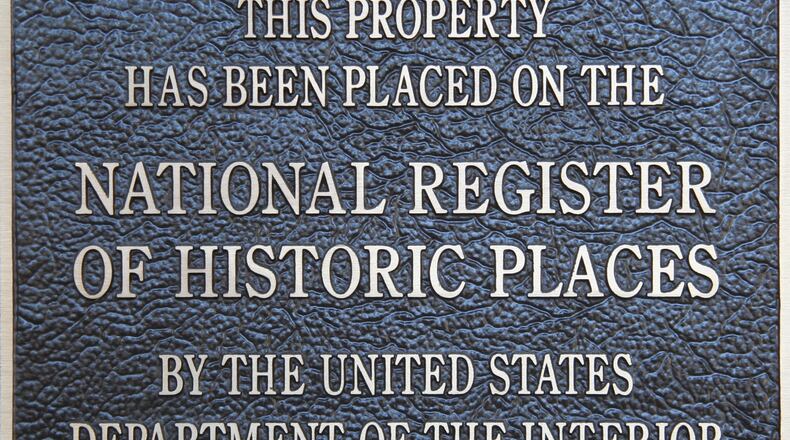If the Keeper agrees that the properties meet the criteria, they will be added to the National Register of Historic Places. Decisions from the Keeper on all nine nominations are expected in about 90 days.
Tawawa Chimney Corner, a large farm house on 5.7 wooded acres, is associated with two early civil rights leaders whose work helped lay the foundation for later activism by the Rev. Martin Luther King Jr. and others that resulted in the civil rights reforms of the 1960s.
It has been the home of two African Methodist Episcopal Church bishops, Benjamin W. Arnett (1880 - 1906) and Reverdy C. Ransom (1933 - 1959), both of whom are notable in civil rights history.
Arnett served in the Ohio House of Representatives and led the successful effort to repeal the state’s remaining Black Laws. Ransom was a member of the Niagara Movement, which was a civil rights group formed in 1905, and was an advocate of the black social gospel, which applied Christian ethics and social justice activism to the fight against racial oppression.
To see other Ohio properties, visit https://www.ohiohistory.org/about-us/newsroom/june-2018/june-2018-ohspab.
The National Register lists places that should be preserved because of their significance in American history, architecture, archaeology, engineering, and culture. To be eligible for listing, a property or district:
- Must be associated with events that have made a significant contribution to the broad patterns of our history,
- Must be associated with the lives of people significant in our past, or
- Must embody the distinctive characteristics of a type, period or method of construction, or represent the work of a master, or possess high artistic values or represent a significant, distinguishable entity whose components may lack individual distinction, or
- Must have yielded, or be likely to yield, information important to prehistory or history.
About the Author
